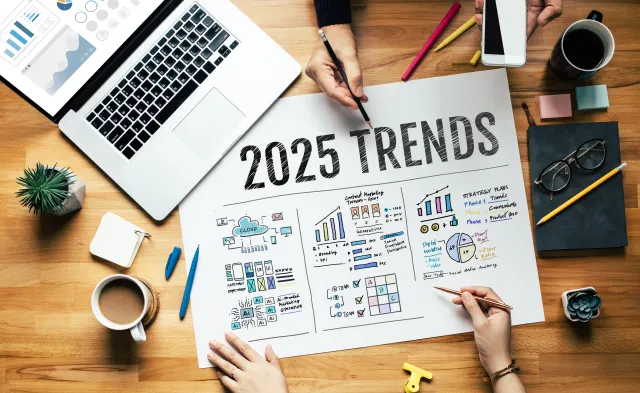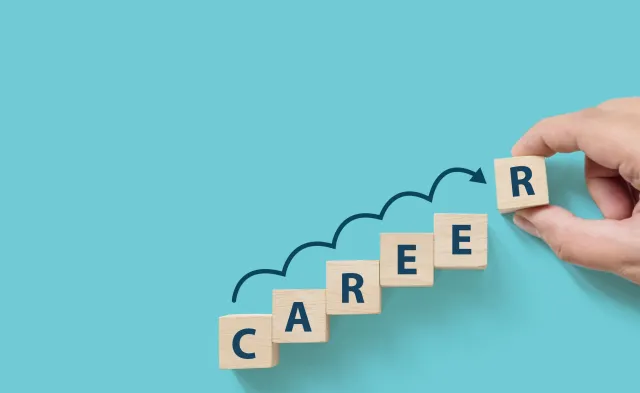Latest
Intersectionality in the Classroom: Understanding and Embracing Our Differences
Apr 16, 2024

April is Diversity Month, and it presents an opportunity to examine the ways our lives, communities and systems benefit from the rich, varied backgrounds and experiences of others. It’s also a time to dive deep into what needs to be addressed individually and as a community so that all people feel represented, heard and empowered.
What is Intersectionality and Why Does it Matter?
Intersectionality, first coined by Kimberlé Crenshaw in the 1980s, refers to the way social categories overlap and present to others, such as race, gender, class, sexuality, ability and more. These categories help shape, define, and facilitate how a person moves through the world.
For many, some categories can limit a person’s privilege, affect their experiences and hinder access to opportunities. For example, a woman of color may have more challenges in society than a white woman or a man of color because the patterns of social oppression against her race and her gender are still in play. Understanding intersectionality means that individuals, organizations, communities and institutions are aware that people with multiple overlapping categories experience obstacles and unique challenges not faced by others.
Intersectionality & Higher Education
When it comes to addressing diversity in the classroom, it is important that students, educators and administrators not forget to include intersectionality in their broader discussions. At Herzing University, and across other higher education institutions, intersectionality is a key factor for fostering inclusive and equitable learning environments.
According to the American Council on Education, diversity in the classroom:
- Enriches the educational experience by offering multiple perspectives, experiences and beliefs that help break down barriers through better communication and understanding.
- Promotes personal growth and a healthy society by challenging stereotypes and encouraging critical thinking,
- Strengthens communities and workplaces by prioritizing mutual respect and teamwork while valuing individual character and the contributions of all individuals.
One main purpose of higher education is to prepare students for living, working, and thriving now and in the future.
Higher education institutions can begin creating more inclusive and equitable learning environments by considering the intersectional experiences of students, educators and administrators of diverse backgrounds and helping them to enter the workforce more aware and capable of advocating for fair and just representation.
Intersectionality and Individuals
Tackling global issues — including racism, sexism, and ableism — can feel too big and too engrained in society to be fixed. Where do we even start? What can one person possibly do to change something so complex and heavy?
Small acts of awareness, recognition, and kindness can have a ripple effect, extending far beyond yourself to positively impact others. As Mahatma Gandhi once said, “Be the change you want to see in the world.” Consider how you can:
- Be an ally. Listen to those who share their experiences and avoid judgment. You may not be able to understand the way their experiences have shaped who they are, but you can acknowledge that the path they have taken is one unique to them and one with obstacles and challenges.
- Be an advocate. Educate yourself and share that knowledge with others. When you don’t know or understand, ask respectful questions, and make appropriate changes in your own life based on what you’ve learned. Use your platform to help amplify those without a voice. Each of us needs to create places where everyone feels comfortable to be themselves.
- Be an example. It’s not enough to say “the right things” in a classroom or around others; that’s not always helpful. Your actions must also do the talking. Standing by when others use inappropriate behavior is an implicit acceptance of that behavior. Be the best version of yourself that you can be and stand up for others and against behaviors that hurt and harm.
By understanding and incorporating intersectionality in the classroom, students, educators and the administration can better understand how various challenges are presented to students of multiple identities, and how those challenges impact their access to quality education, educational advancement and positive, everyday experiences.
As Herzing University students know, our worldview expands once we are armed with knowledge. And when we know better, we do better.
We remain dedicated to our mission “to educate, support and empower all students for success in work, learning and engagement in our communities and global society.” To learn more about how Herzing’s core values reflect diversity and equitable education opportunities, and how you can share your own positive experiences and help raise others, contact the Office of Diversity, Equity & Inclusion.
Learn More About Our Career Programs
Bureau of Labor Statistics (BLS), U.S. Department of Labor, Occupational Employment and Wage Statistics 2023 / Occupational Outlook Handbook 2022. BLS estimates do not represent entry-level wages and/or salaries. Multiple factors, including prior experience, age, geography market in which you want to work and degree field, will affect career outcomes and earnings. Herzing neither represents that its graduates will earn the average salaries calculated by BLS for a particular job nor guarantees that graduation from its program will result in a job, promotion, salary increase or other career growth.
Latest
Recent Blog Posts
Subscribe to our Newsletter
Get the latest news you need to know, from study hacks to interview tips to career advancement. Have it delivered right to your inbox biweekly.








